Idaea rusticata
([Denis & Schiffermüller], 1775)
-
 Subfamily: Sterrhinae, Sterrhini
Subfamily: Sterrhinae, Sterrhini -
 Wingspan: 19-21 mm
Wingspan: 19-21 mm -
 Flight period: Jun - Aug
Flight period: Jun - Aug -
 Spread: Common
Spread: Common -
 Host plants: Polyphagous
Host plants: Polyphagous
Information
The Idaea rusticata also called Least Carpet is a moth of the Geometridae family, subfamily Sterrhinae, with a wingspan of 19-21 mm.
It is distributed in most of Europe, it is absent from Ireland, Denmark, the Scandinavian peninsula, the Baltic countries, Poland and northern Russia.
In Italy it is also present in the islands. *
Its range extends to the Middle East and North Africa .
The wings of the Idaea rusticata range from cream to very light brown. The front wings have a dark transverse jagged band that
it varies from brown to dark orange, surrounded by darker shades of the same colors. This strip starts from the median area of the costa and ends on the inner edge
where it lightens. This band widens in the basal region of the wing from the rib to the discoid cell.
It is visible in the postdical region of the dark irregular shades. The margin has dark spots and the fringes are in the background color.
It has a cellular point on all four wings, always within the dark field, unlike the related species Idaea filicata ,
where the cellular point is partially or totally outside the dark band.
The hind wings have the continuation of the fascia of the front wing but it is barely visible as it is shaded in the basic colors of the wing.
The head and thorax are dark brown / orange, the abdomen is in the background color of the wings but the first segments have an intense brown / orange color
which fades into the background color moving towards the anal area.
univoltine moth the adult of this species is mainly nocturnal and is visible in the period of July and August. She is attracted to artificial light.
They frequent xerophilous grassy formations, thermophilic scrubs and scrubs and xerophilous slopes.
The eggs are ovoid, opaque of yellowish color, strongly knurled. **
The caterpillar is usually brown in color, rough, with growths all over the body; from the middle to the end of the caterpillar are visible
both laterally and superiorly some ocher spots. **
The pupa is yellow and ocher with much darker brown shades in the cremaster area.
the Cremaster area.
The larva feeds mainly on withered leaves *** of many plants such as Hedera, Clematis vitalba, Senecio and it would also appear to be a fruit plant. ****
* Lepidoptera mundi https://lepidoptera.eu/ - Fauna Europea https://fauna-eu.org/
** Bestimmungshilfe für die in Europa nachgewiesenen Schmetterlingsarten - http://lepiforum.de/
*** Moths and Butterflies of Europe and North Africa - https://leps.it/
**** Roland Robineau, Guide de papillons nocturne de France, Delachaux et Niestlé, 2011 p.38

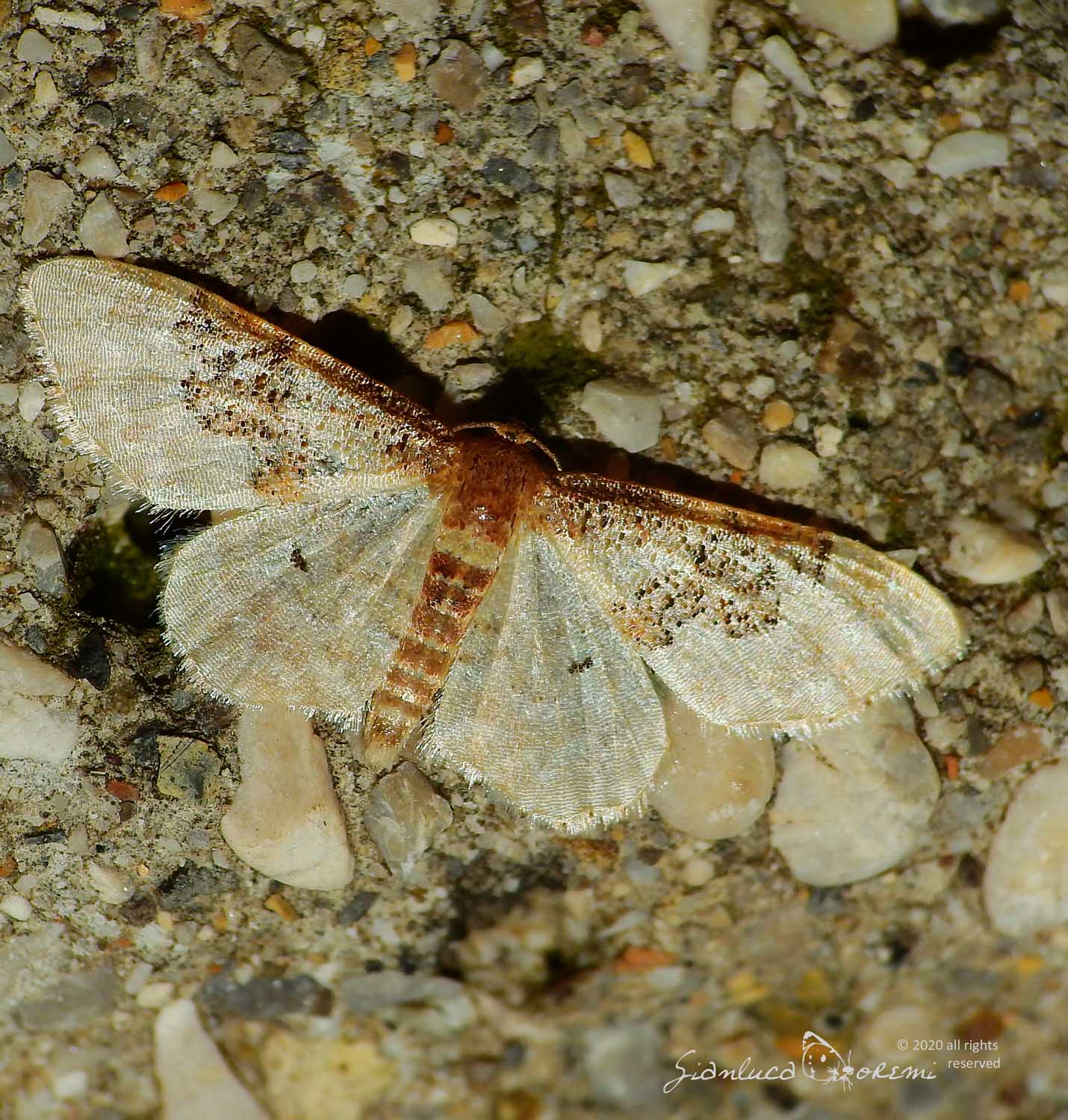
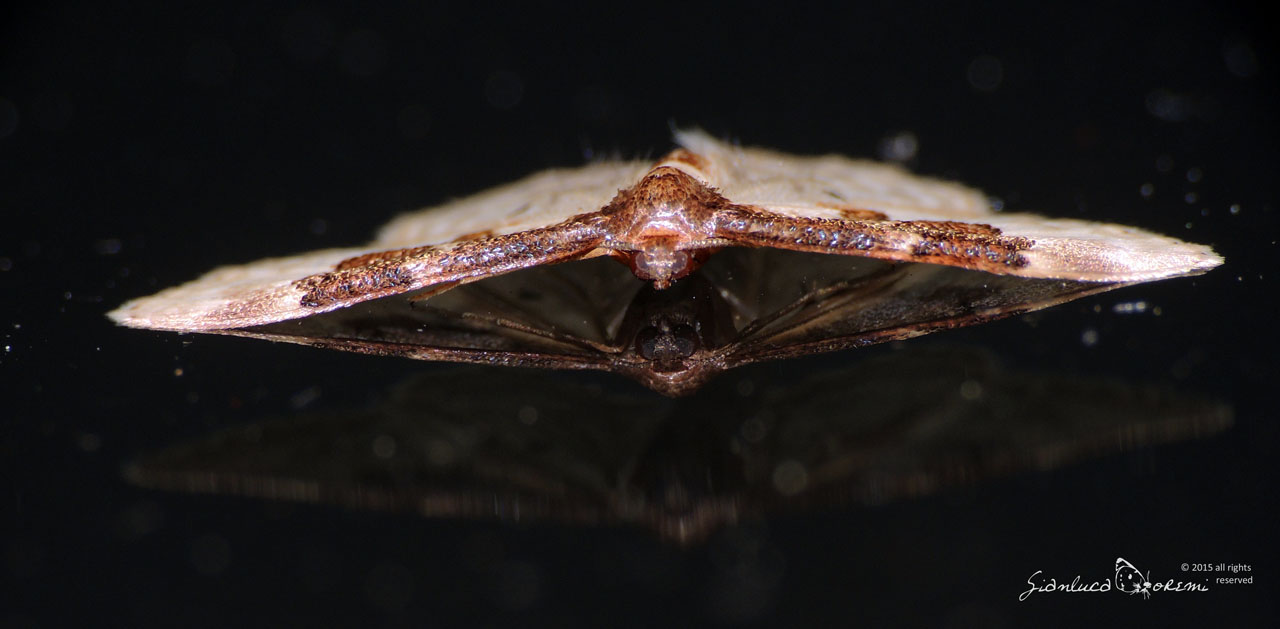
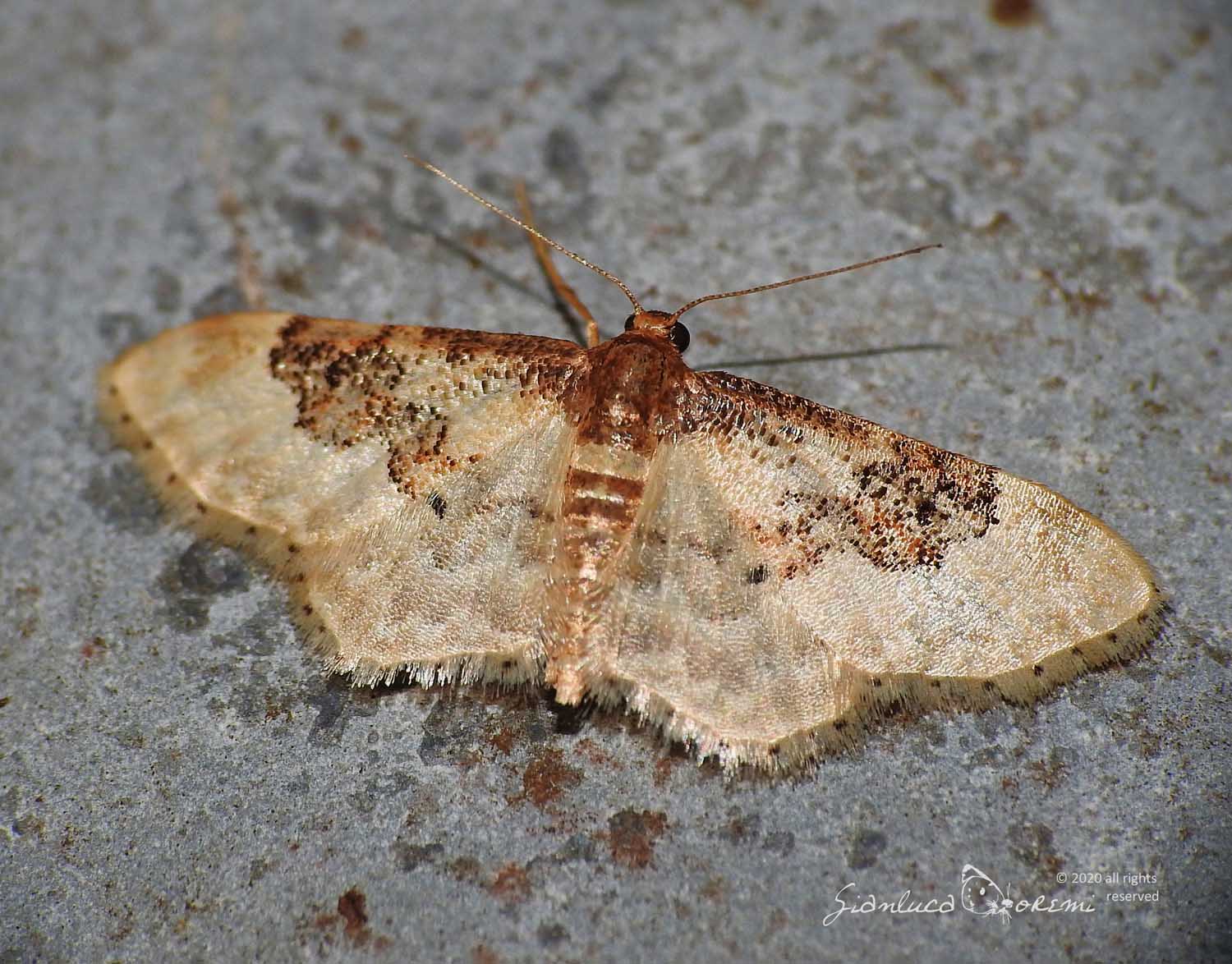



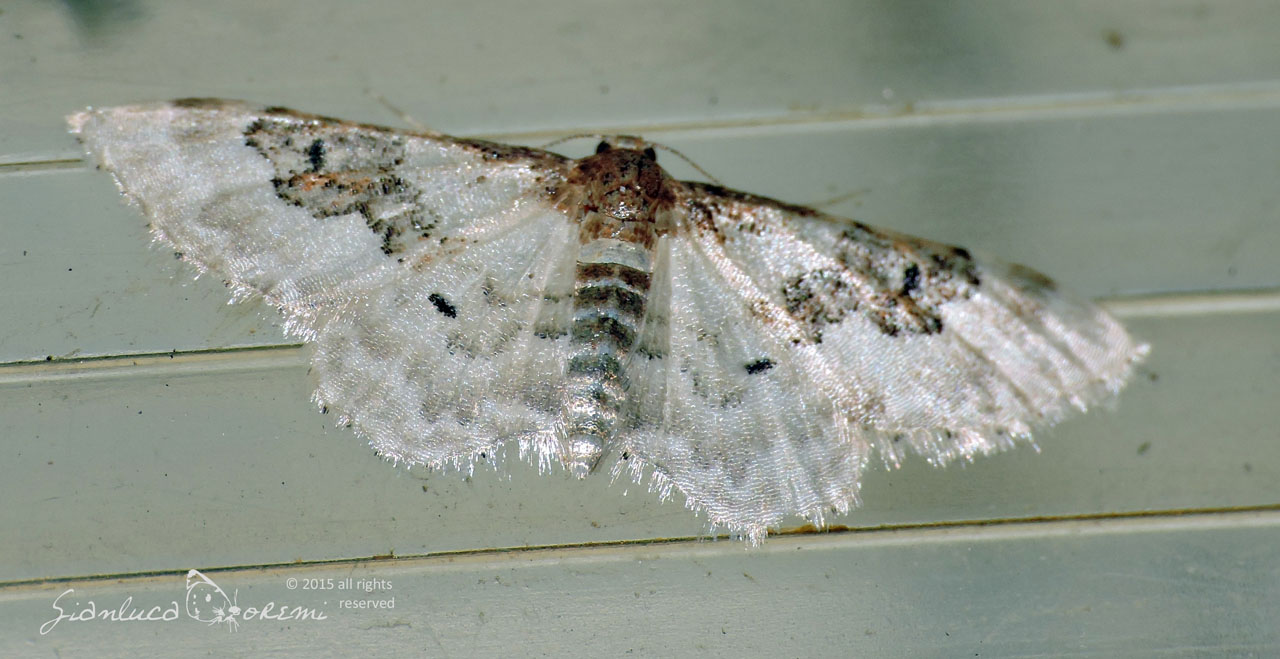

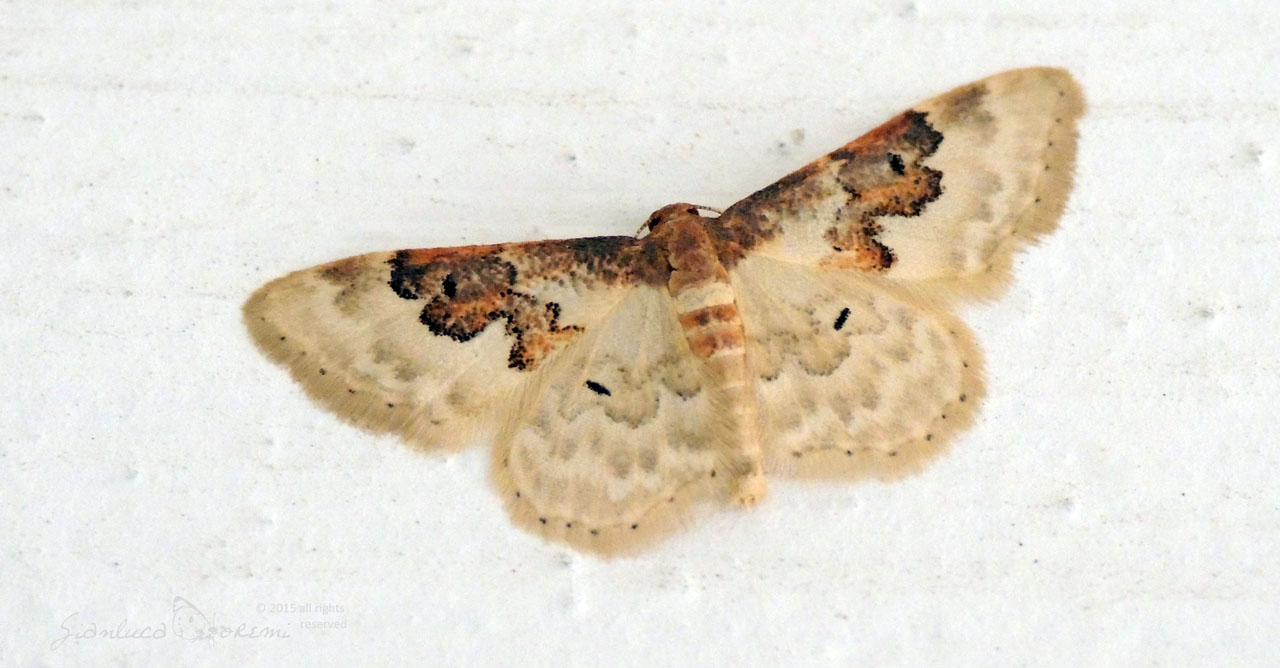
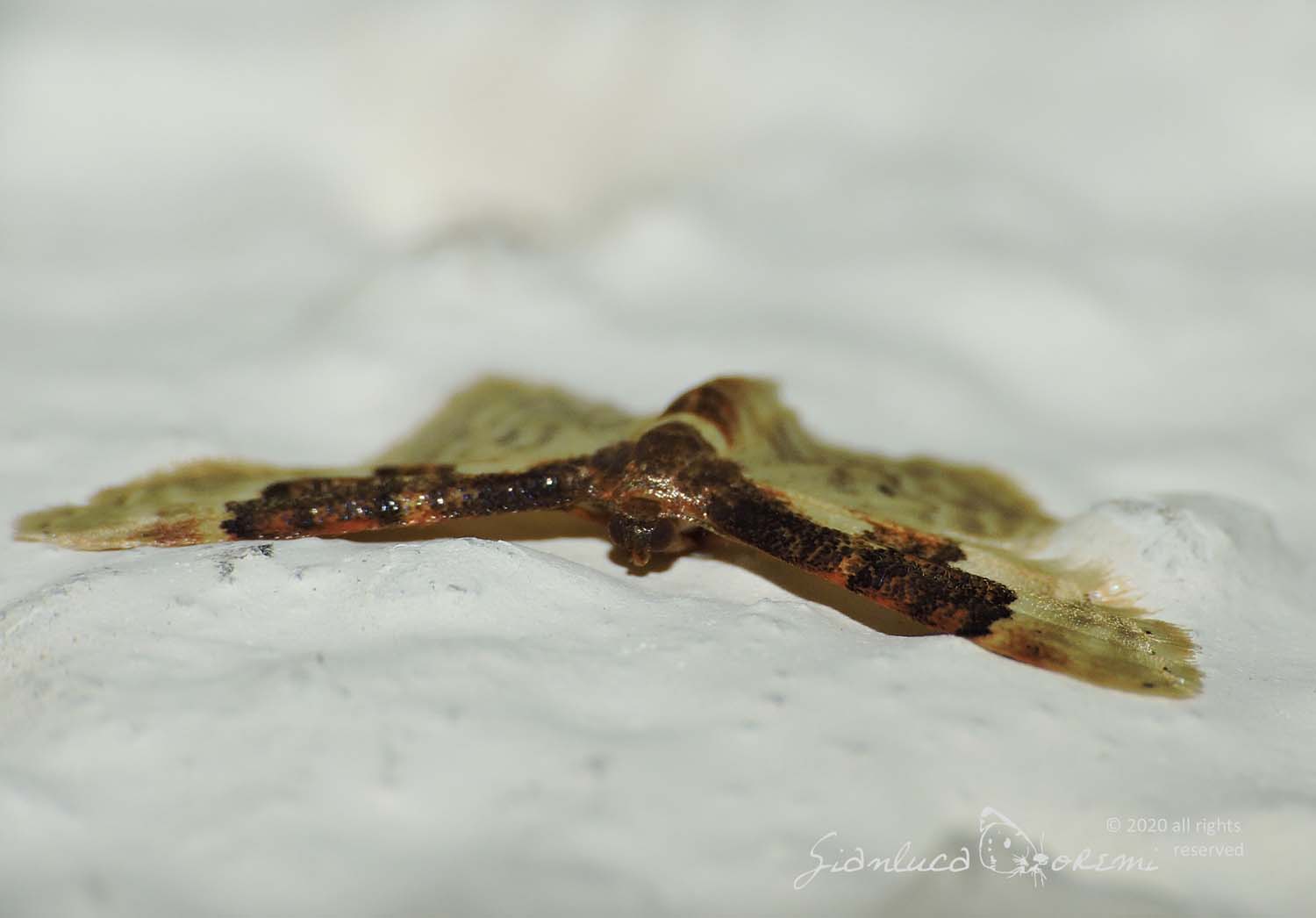

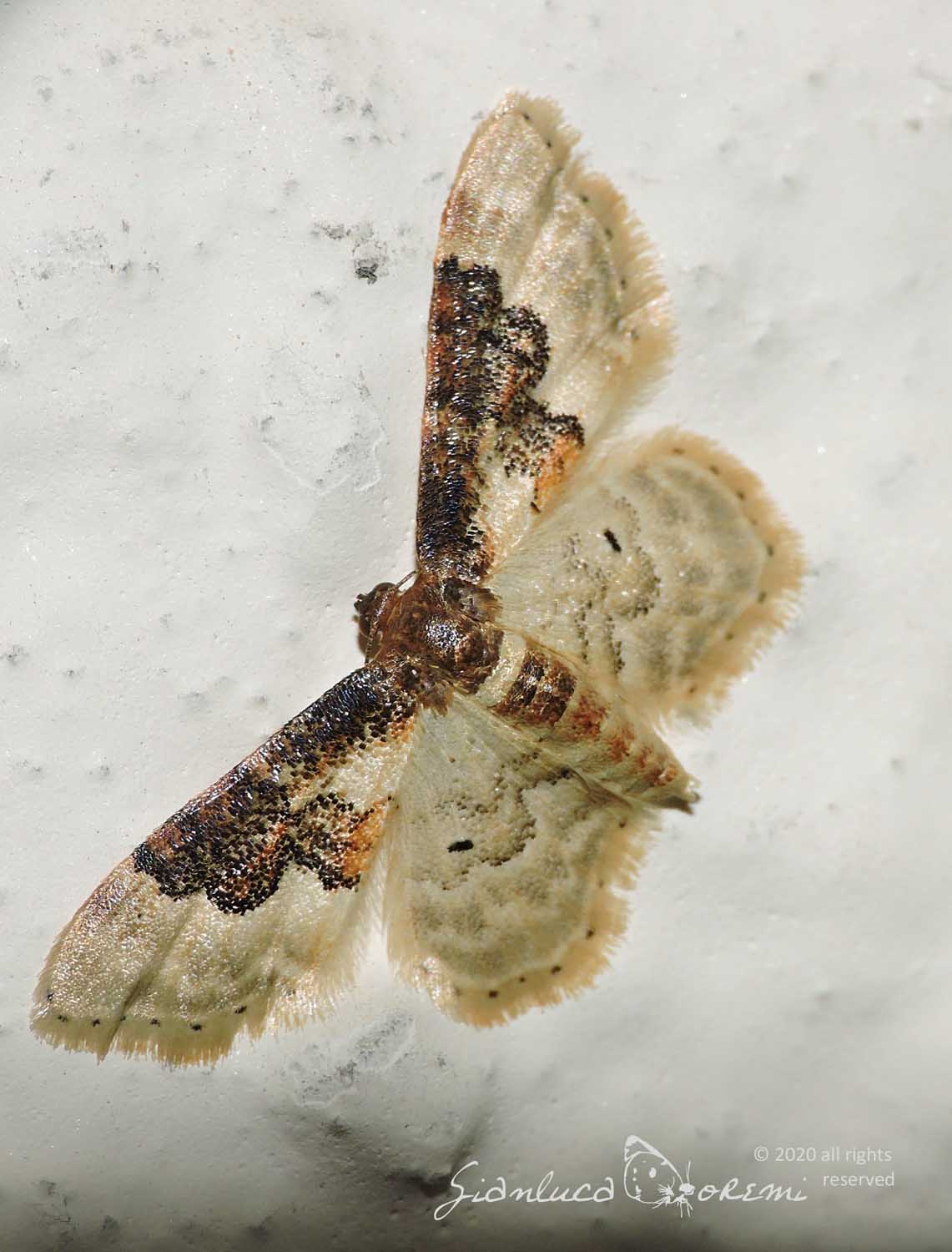
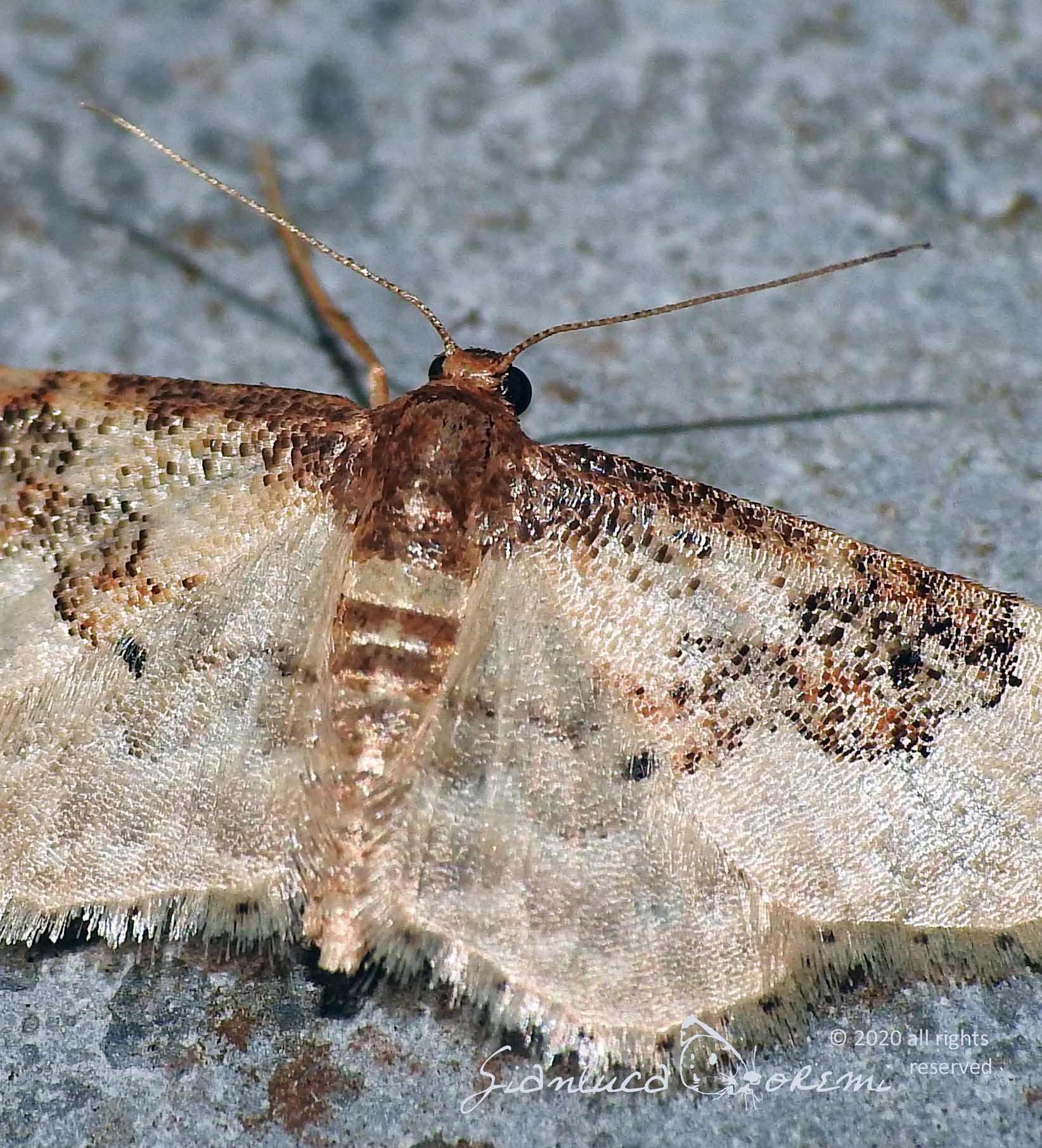


 EN
EN ITA
ITA
Social and publications